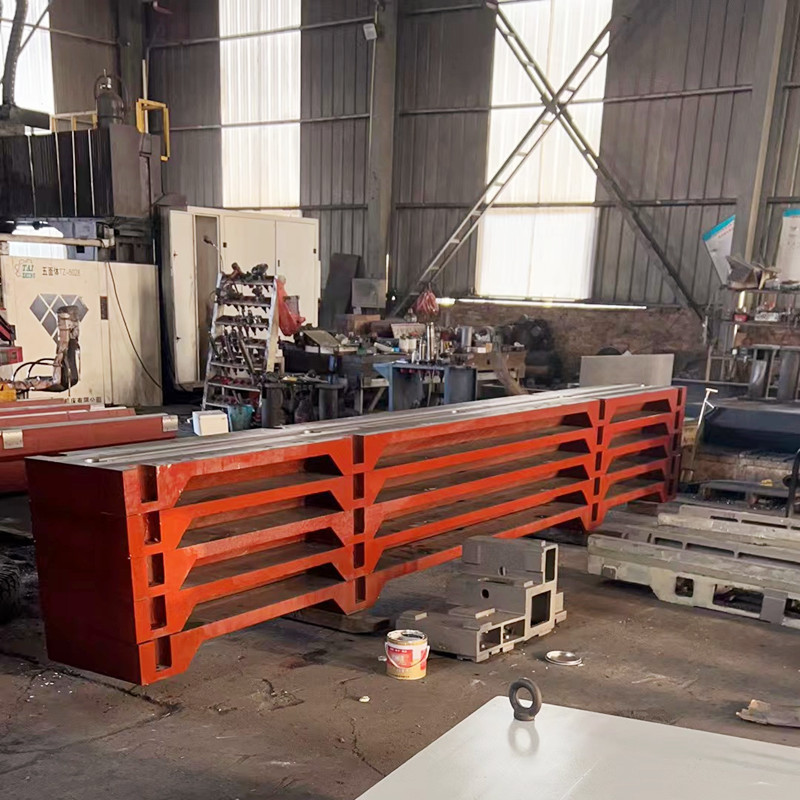Dec . 10, 2024 07:04 Back to list
a check valve
Understanding Check Valves Function and Importance
A check valve, also known as a one-way valve or non-return valve, is a critical component in fluid systems, ensuring the correct flow of liquids and gases. Its primary function is to prevent backflow, which can lead to inefficiencies, contamination, and damage within piping systems. In this article, we will explore the significance, types, and applications of check valves, shedding light on their essential role in various industries.
What is a Check Valve?
At its core, a check valve is designed to allow flow in one direction while blocking it in the opposite direction. This is achieved through a simple mechanism involving a disc, ball, or diaphragm that moves freely within the valve body. When pressure from the fluid flows in the correct direction, it lifts the closure mechanism, allowing the fluid to pass through. However, if the pressure reverses, the mechanism automatically returns to its closed position, effectively sealing off the flow path.
Types of Check Valves
Check valves come in several types, each suited for specific applications
1. Swing Check Valve This valve features a hinge mechanism that allows the disc to swing open or close. It is commonly used in vertical and horizontal installations, making it effective for systems with low-pressure drops.
2. Lift Check Valve In this type, the disc moves vertically up and down, allowing for compact designs ideal for high-pressure systems. Lift check valves are often used in applications like water supply and high-rise buildings.
3. Ball Check Valve Utilizing a ball as the closure mechanism, this valve provides a tight seal to prevent backflow. It is particularly effective in systems that experience pulsating flows.
4. Diaphragm Check Valve This valve utilizes a flexible diaphragm to control flow. It offers the advantage of being able to handle a wide range of fluids, including corrosive and viscous materials.
5. Silent Check Valve Designed to minimize noise during operation, silent check valves use a spring mechanism that allows for smooth closure, making them suitable for water and wastewater treatment plants.
a check valve

Applications of Check Valves
Check valves are used in various industries due to their importance in maintaining system integrity. Here are a few common applications
- Water Supply Systems In municipal water supply systems, check valves help prevent backflow into the supply lines, protecting the quality and safety of potable water.
- Oil and Gas Industry Employed in pipelines to prevent backflow and protect equipment, check valves are crucial in ensuring safe and efficient transportation of oil and gas.
- HVAC Systems In heating, ventilation, and air conditioning (HVAC) systems, check valves maintain proper flow direction, contributing to system efficiency and longevity.
- Pumping Systems Check valves are essential in pumping applications, ensuring that fluids do not flow backward, which could cause cavitation or damage to pumps.
- Fire Protection Systems In fire sprinkler systems, check valves prevent water from flowing back into the system, ensuring that water pressure remains adequate for firefighting measures.
Importance of Maintenance
While check valves are designed to be low-maintenance, periodic inspection is essential for ensuring their continued efficiency and functionality. Over time, wear and tear can occur due to pressure fluctuations, sediment buildup, or corrosion. Regular maintenance helps identify issues before they escalate, ensuring the system operates smoothly and preventing costly downtime or equipment failures.
Conclusion
Check valves play a vital role in maintaining the integrity and efficiency of fluid systems across numerous industries. By preventing backflow, they help protect equipment, enhance safety, and maintain fluid quality. Understanding the different types of check valves and their applications is crucial for engineers, technicians, and anyone involved in the design, installation, or maintenance of piping systems. With proper care and maintenance, check valves will continue to perform their essential function, contributing to the effective operation of various applications for years to come.
-
Thread Plug Gauge Our Promise of Measurement ExcellenceNewsAug.22,2025
-
Gauge Pin Class Reflecting Quality LegacyNewsAug.22,2025
-
Check Valve Types for High Rise BuildingsNewsAug.22,2025
-
Water Control Valve for Irrigation SystemsNewsAug.22,2025
-
Gate Valve with Soft Seal TechnologyNewsAug.22,2025
-
Y Type Strainer for Oil and Gas ApplicationsNewsAug.22,2025
Related PRODUCTS









